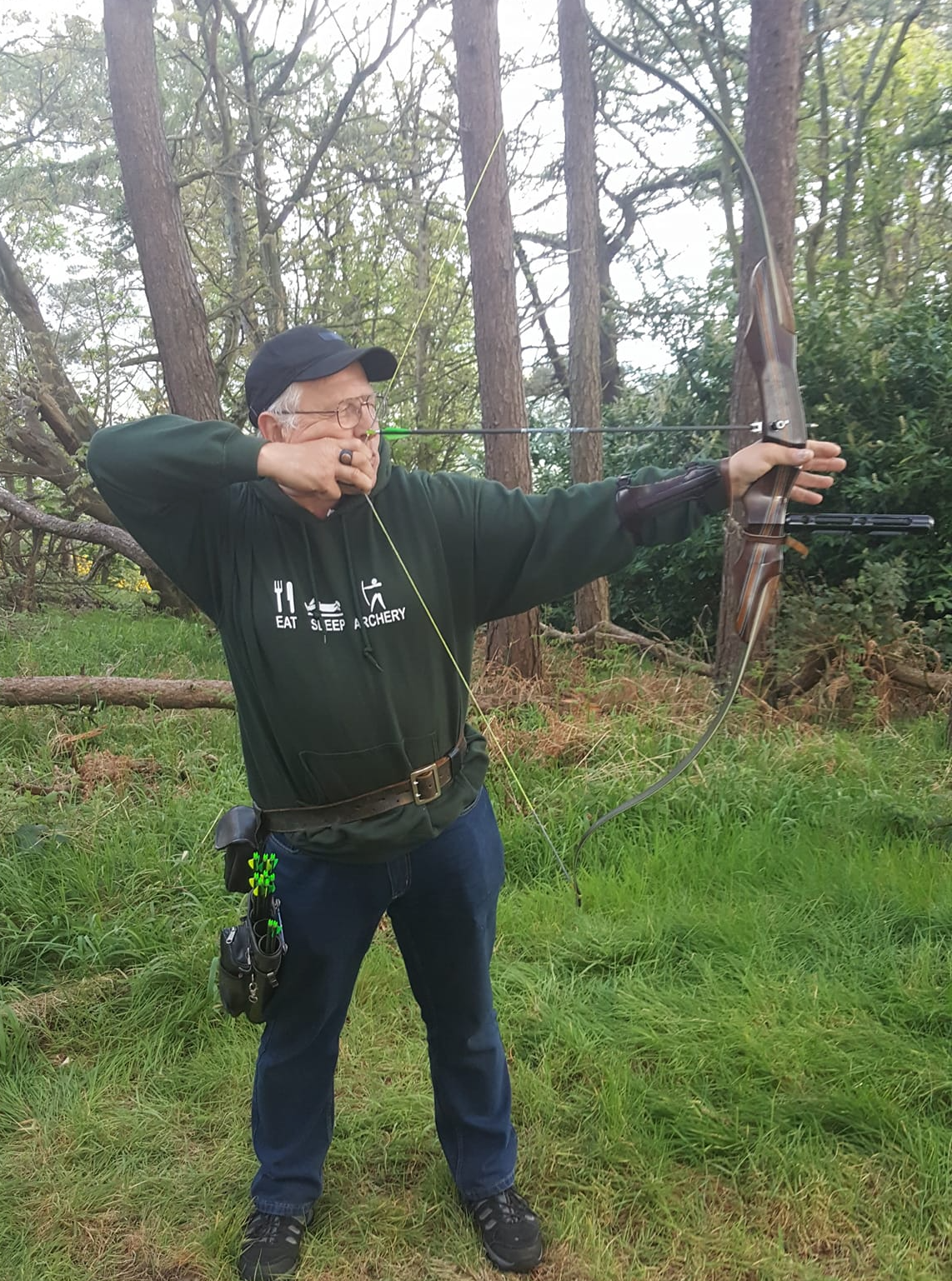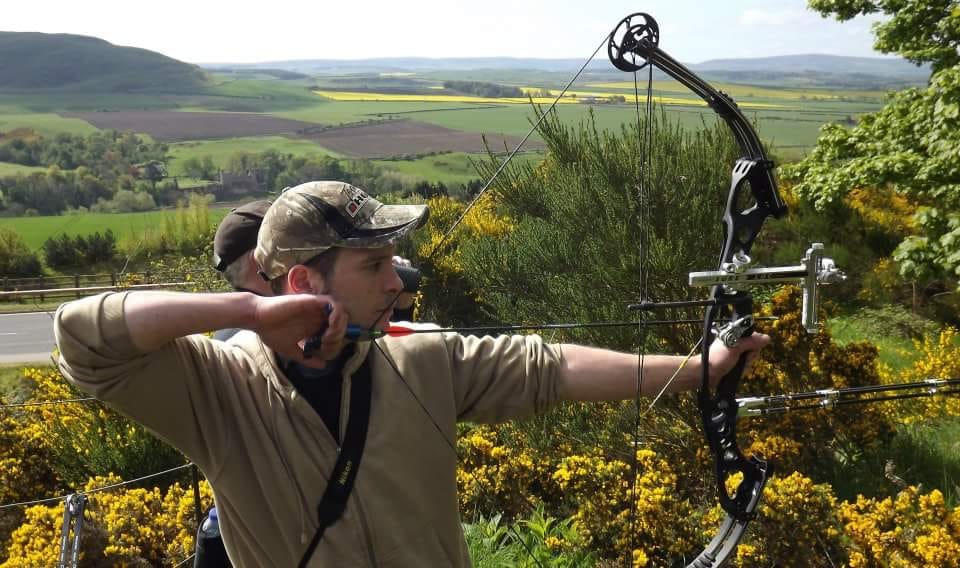All bows are not the same
A brief guide to types of bow and styles of shooting
Recurve bow
A recurve bow will be instantly familiar to almost all archers who have undergone any type of archery training, or anyone who has had a shot of archery at a come and try session. A recurve bow is one of the main shapes a bow can take, with limbs that curve away from the archer when unstrung. A recurve bow stores more energy and delivers energy more efficiently than the equivalent straight-limbed bow, giving a greater amount of energy and speed to the arrow, these days recurve bows are usually in 3 parts, 2 limbs and a riser(the bit you hold), however, they do come in one piece as well, shot with a glove or a leather tab to protect the fingers. There are a few shooting styles associated with recurve bows depending on whether you are using single pin, 3-5 pin sights or no sights at all.

Compound bow
In modern archery, a compound bow is a bow that uses a levering system, usually of cables and pulleys, to bend the limbs. In general, compound bows are widely used in target practice and hunting, although hunting with a bow is illegal in the UK. The pulley/cam system grants the user a mechanical advantage so the limbs of a compound bow are much stiffer than those of a recurve bow or longbow. This rigidity makes the compound bow more energy-efficient than other bows, as less energy is dissipated in limb movement. The higher-rigidity, higher-technology construction also improves accuracy by reducing the bow's sensitivity to changes in temperature and humidity. Shot with fingers or a release aid, there are many styles of compound bow shooting going from no sights, a pin sight, to the full array of technological advances available to the modern archer.

Flatbow
A flatbow is generally a bow with non-recurved, flat, relatively wide limbs that are approximately rectangular in cross-section. Because the limbs are relatively wide, flatbows will usually narrow and become deeper at the handle, with a rounded, non-bending handle for easier grip. This design differs from that of a longbow, which has rounded limbs that are circular or D shaped in cross-section, and is usually widest at the handle, shot with fingers and a glove or tab with no sights.
Composite bow
A composite bow is a traditional bow made from horn, wood and sinew laminated together. The horn is on the belly, facing the archer, and sinew on the outer side of a wooden core. When the bow is drawn, the sinew (stretched on the outside) and horn (compressed on the inside) store more energy than wood for the same length of bow. The strength can be made similar to that of all wooden bows, with similar draw-length and therefore a similar amount of energy delivered to the arrow from a much shorter bow, shot with fingers and a leather tab or with a thumb ring. Modern replicas are available, often made with fiberglass bellies and backs with a natural or man-made core.
Longbow
A longbow (known as warbow in its time, in contrast to a hunting bow) is a type of tall bow that makes a fairly long draw possible. A longbow is not significantly recurved. Its limbs are relatively narrow and are circular or D-shaped in cross section. Flatbows can be just as long, but in cross-section, a flatbow has limbs that are approximately rectangular.
Longbows for hunting and warfare have been made from many different woods in many cultures; in Europe they date from the Paleolithic era and, since the Bronze age, were made mainly from yew, or from wych elm if yew was unavailable. The historical longbow was made from a single piece of wood, but modern longbows may also be made from modern materials or by gluing different timbers together, shot with a tab or glove and no sights.